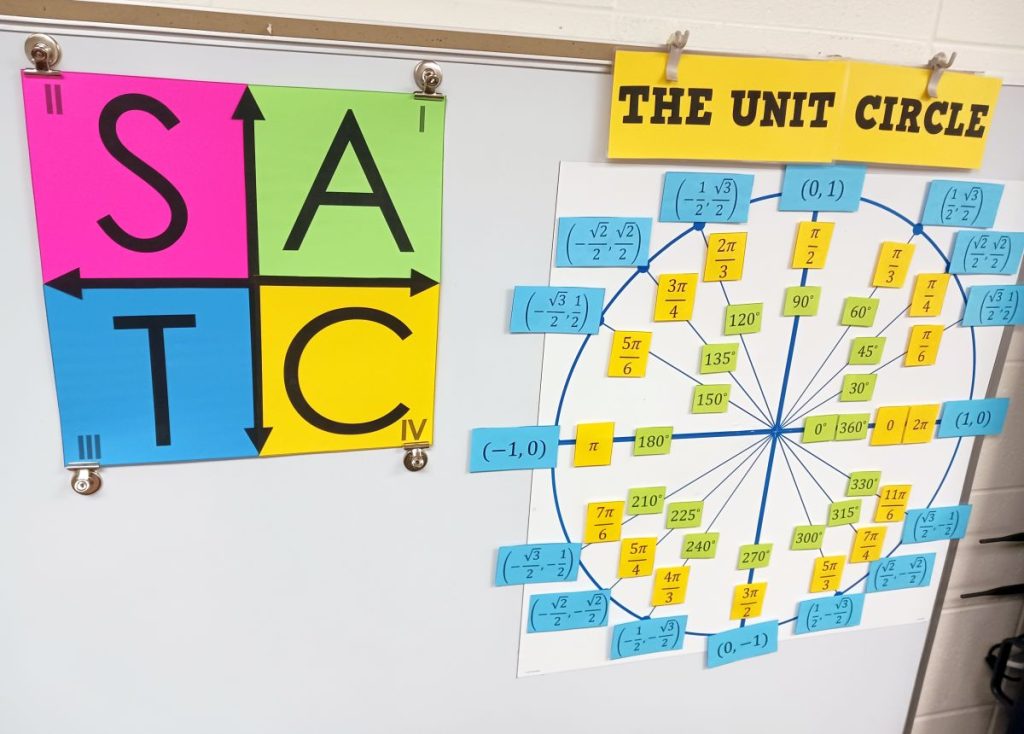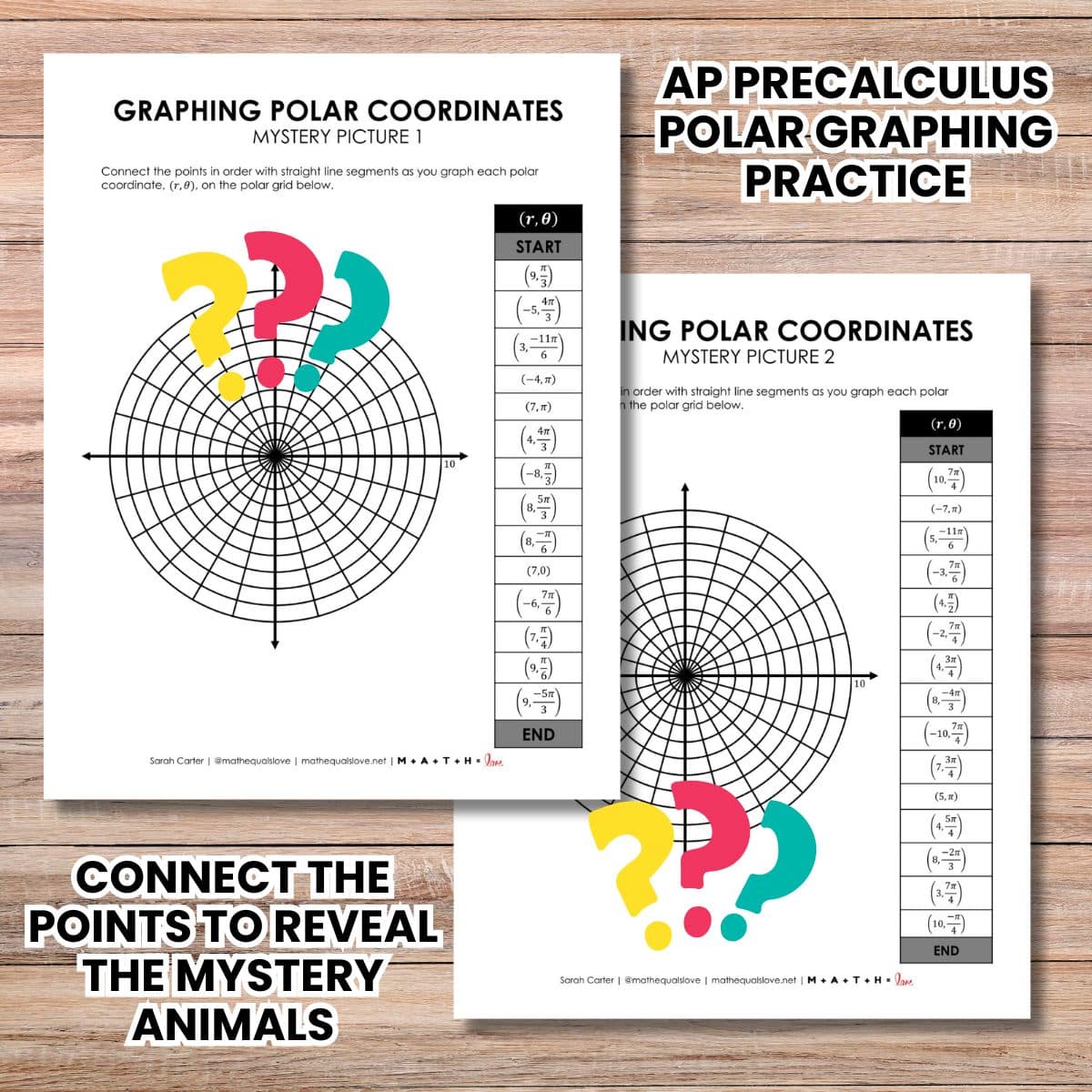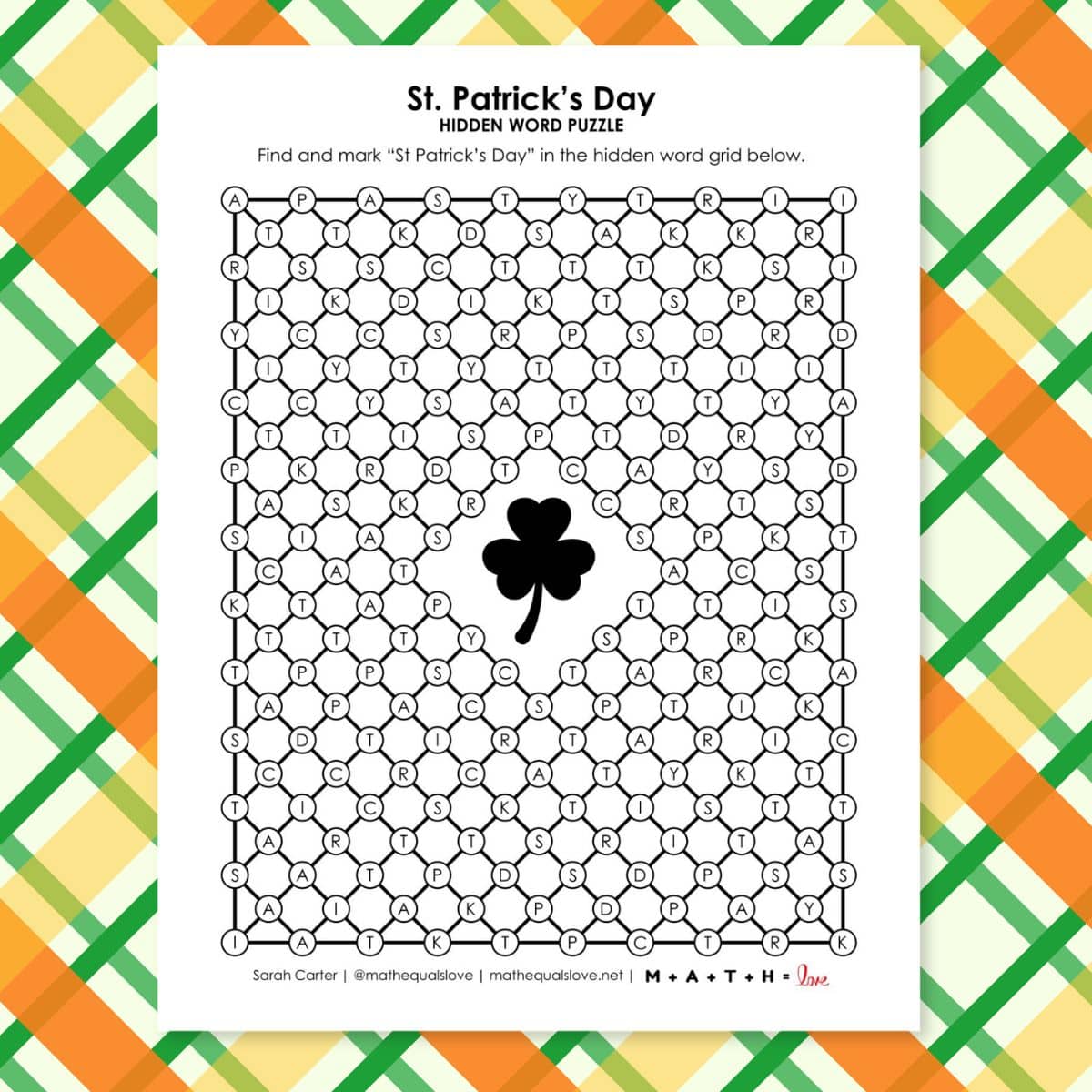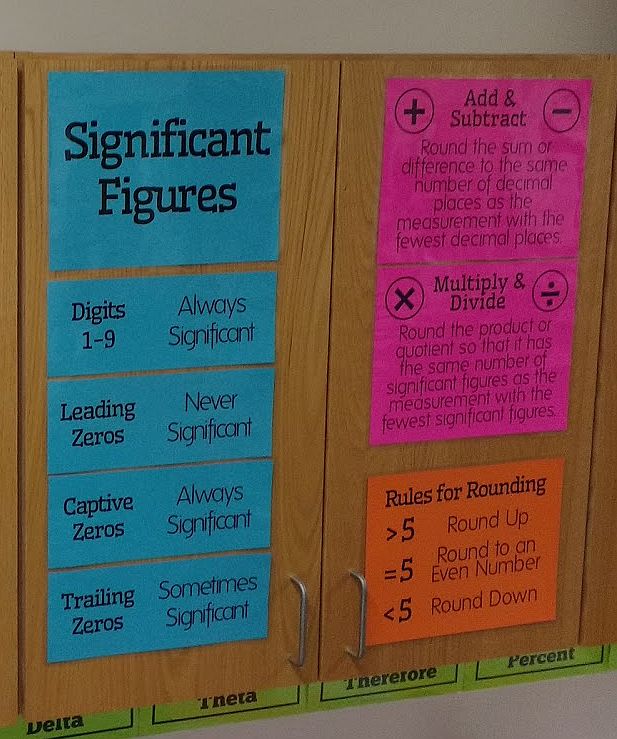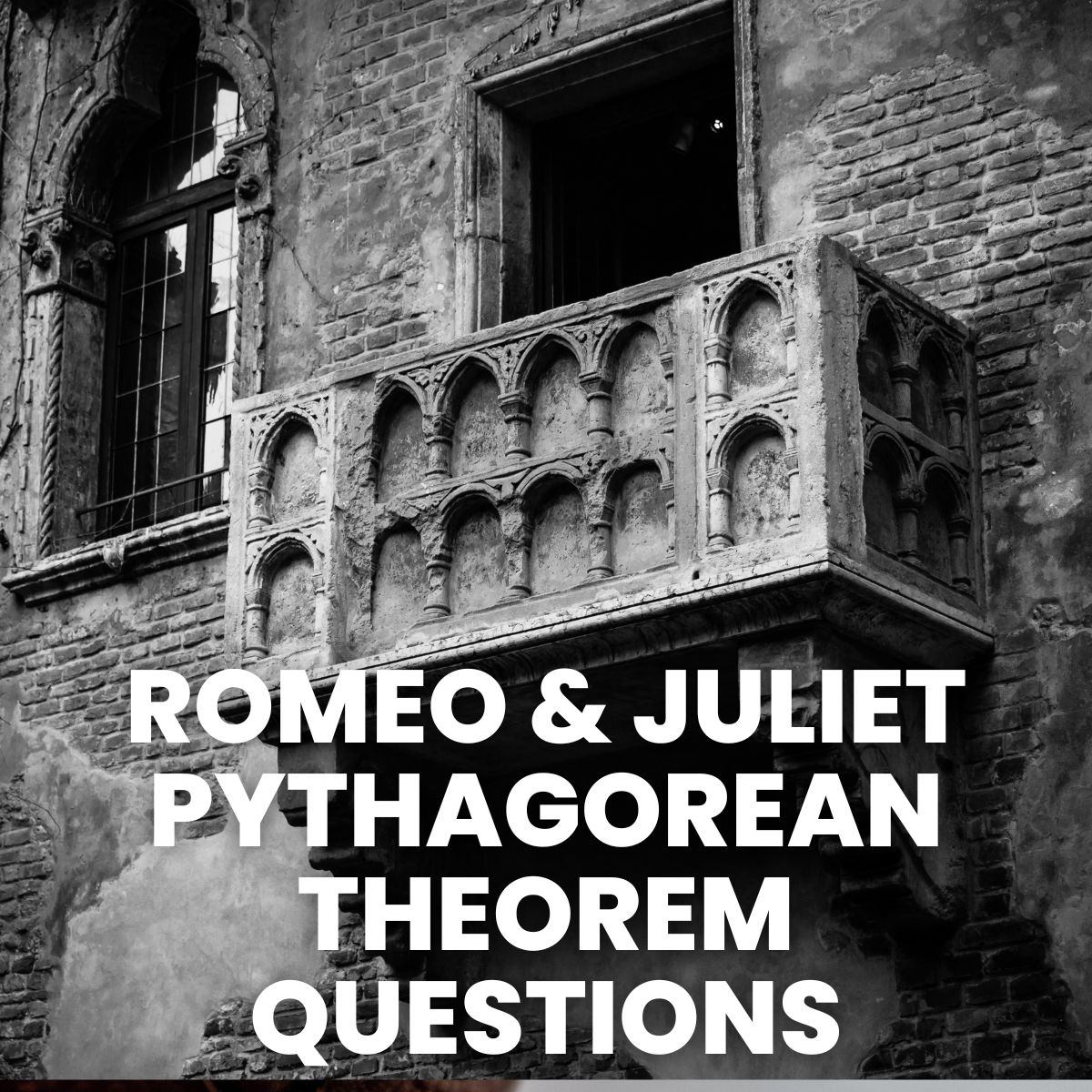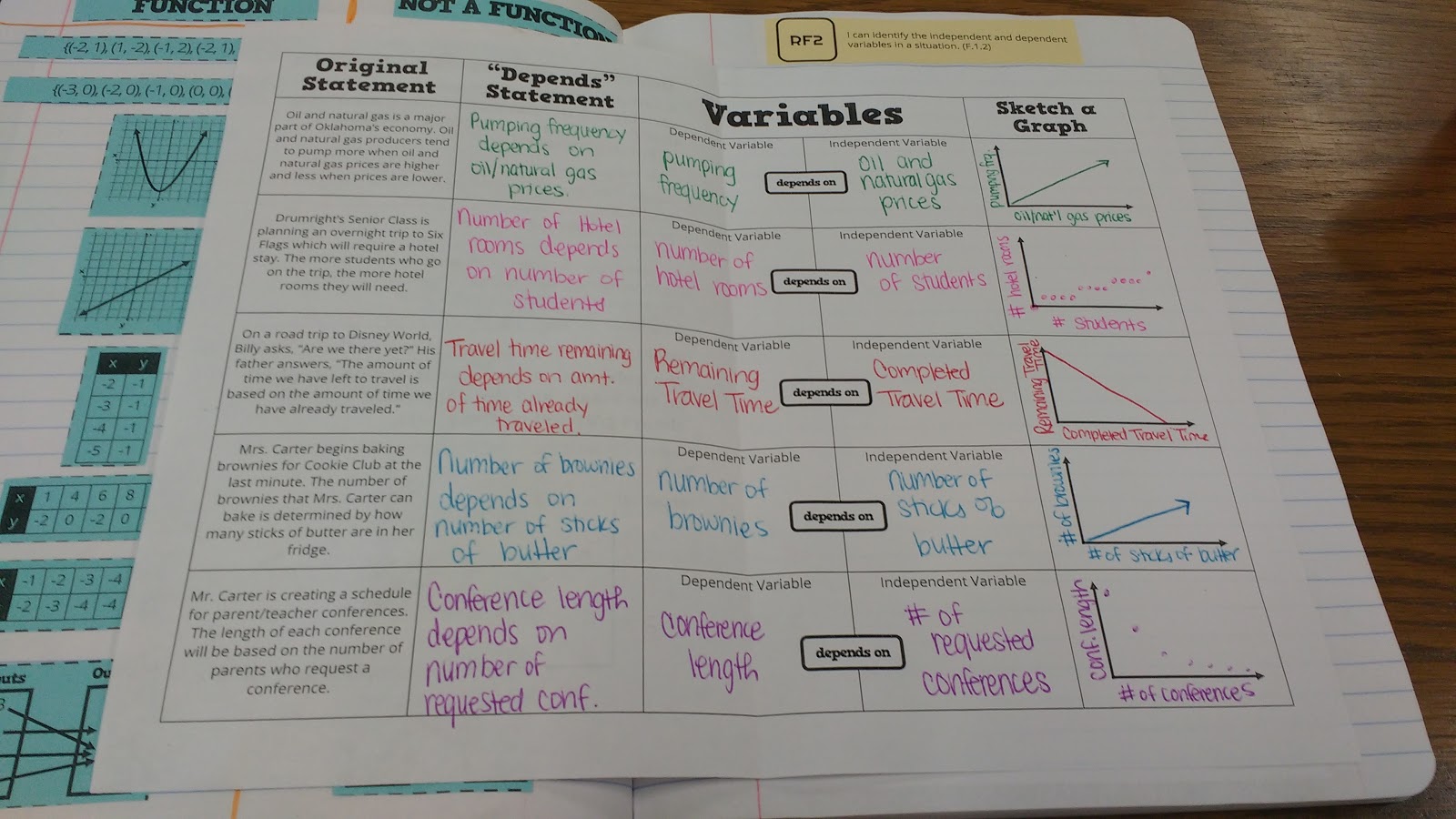ASTC Trig Quadrant Poster (CAST Diagram)
This blog post contains Amazon affiliate links. As an Amazon Associate, I earn a small commission from qualifying purchases.
Looking for a visual to help your students remember the signs of the various trig functions in each quadrant? I created this set of ASTC trig posters to hang in my classroom for my pre-calculus students to reference.
In some countries, this is known as a CAST diagram. That name has always bothered me though since it starts in Quadrant IV and cycles through Quadrant III.
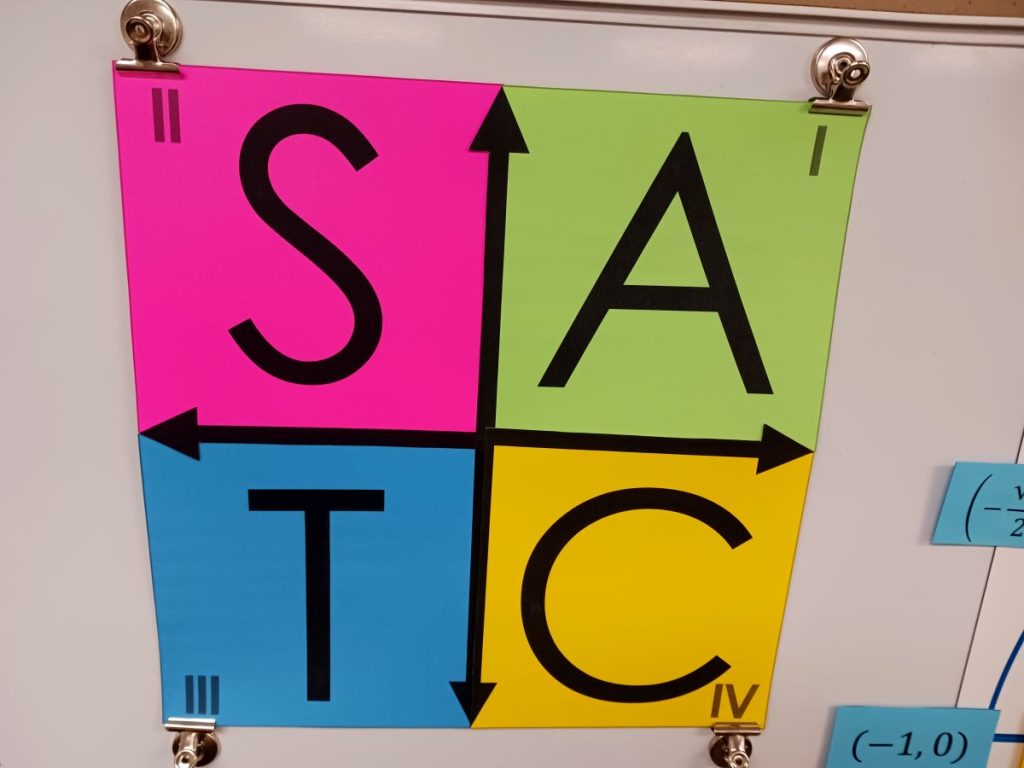
What is ASTC used for in Trigonometry?
ASTC is a mnemonic device to help trigonometry students remember the signs of trig functions in various quadrants on the coordinate plane.
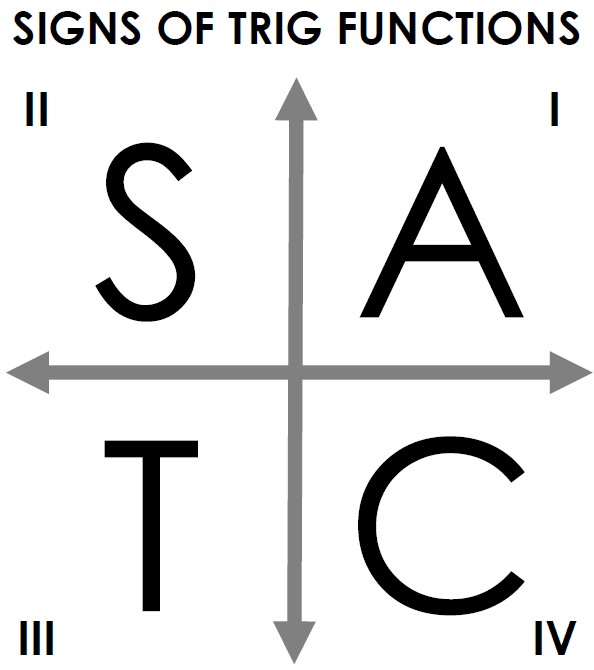
The letters A, S, T, and C tell which trig function(s) is/are positive in that quadrant.
A is found in Quadrant I. The A stands for “All” since all of the trigonometric functions are positive in the first quadrant of the coordinate plane.
S is found in Quadrant II. The S stands for “Sine” since the sine function is positive in the second quadrant. Cosecant (the reciprocal of sin) is also positive in the second quadrant. All of the other trig functions are negative in Q2.
T is found in Quadrant III. The T stands for “Tangent” since the tangent function is positive in the third quadrant. Cotangent (the reciprocal of tan) is also positive in the third quadrant. All of the other trig functions are negative in Q3.
C is found in Quadrant IV. The C stands for “Cosine” since the cosine function is positive in the fourth quadrant. Secant (the reciprocal of sec) is also positive in the fourth quadrant. All of the other trig functions are negative in Q4.
In school, I was taught to remember ASTC using the sentences “All students take calculus” and “All students take classes.”
More Practice with Determining the Signs of Trig Functions
Looking for resources on teaching/practicing determining the signs of trig functions in various quadrants? I have created several different resources for this in the past.
Printing and Prepping the ASTC Posters
I usually spend several class periods having my students determine the signs of various trig functions without introducing them to the ASTC rule/shortcut.
However, I do eventually introduce this memory tool after a few days of working with these sorts of problems once students start trying to create their own methods of remembering where various trig functions are positive or negative.
Usually, their attempt at summarizing the information is to draw a coordinate plane and list each trig function in the quadrant and tell if it negative or positive. This works, but it is a ton of information.
The ASTC Diagram (or CAST Diagram) achieves the same purpose with a lot less writing. And it is a lot easier for students to remember on exams!
This year, I decided to take things one step further and make a colorful poster to hang up on my dry erase as a reference.
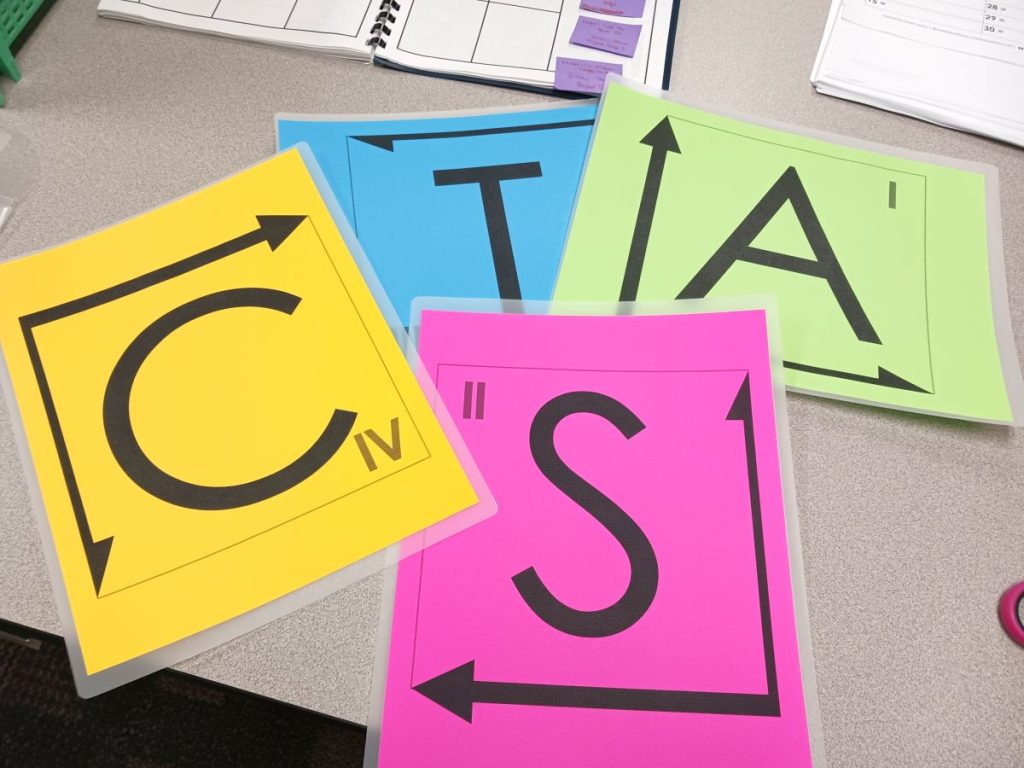
I created a template and printed the letters for ASTC on four different colors of Astrobrights paper. I just printed these on regular letter-sized paper.
Next, I ran the posters through my laminator. I recently invested in a package of matte laminating sheets for printing posters to help avoid that dreaded poster glare from the flourescent lights on my laminated pages.
MATH = LOVE RECOMMENDS…
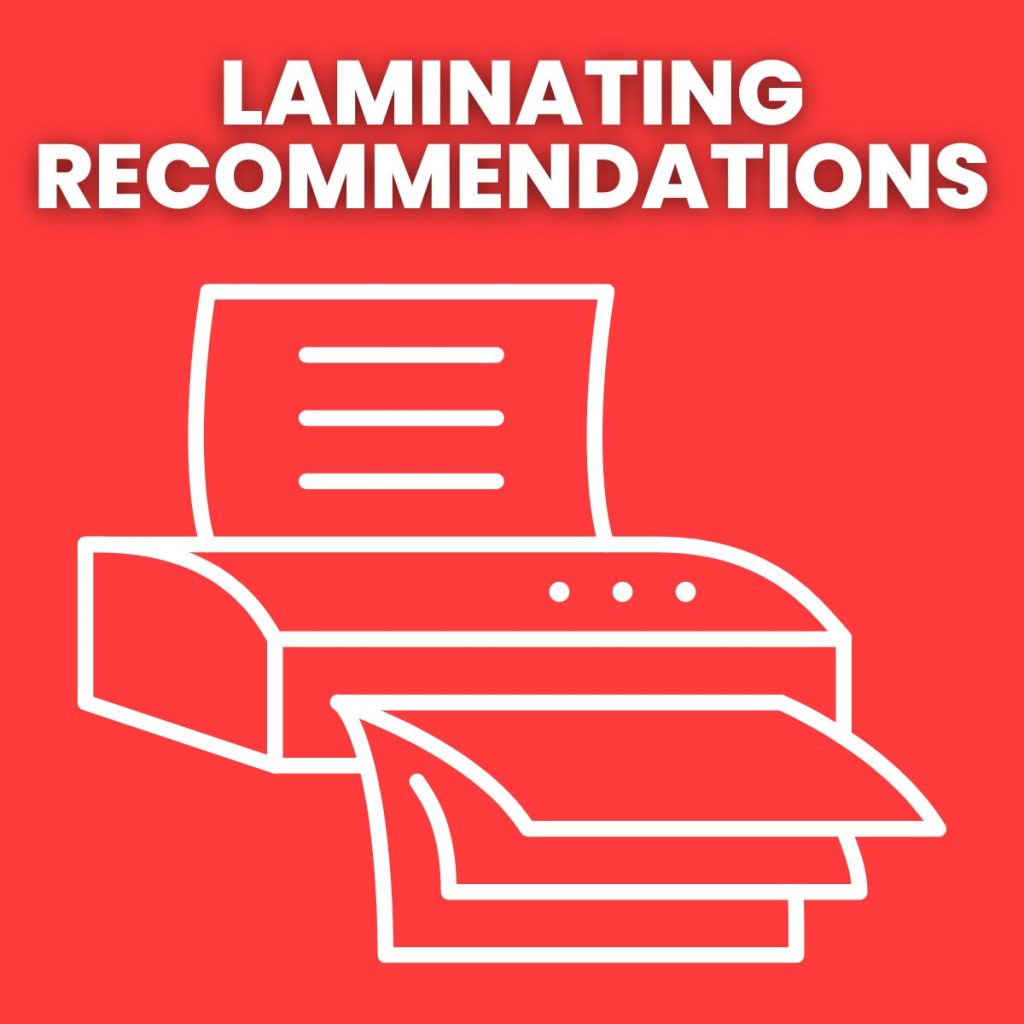
A laminator is a MUST-HAVE for me as a math teacher! I spent my first six years as a teacher at a school with a broken laminator, so I had to find a way to laminate things myself.
I’ve had several laminators over the years. I currently use a Scotch laminator at home and a Swingline laminator at school.
I highly recommend splurging a bit on the actual laminator and buying the cheapest laminating pouches you can find!
The matte laminating pouches are a bit pricey compared to regular laminating sheets, but they are definitely worth it for posters that will be displayed for long periods of time in your classroom!
Once my posters were all laminated, it was time to cut out the four pieces.
As you can see below, each poster contains one full arrow and one half arrow. They are designed like this so that the posters will overlap one another and sort of “lock together” to form one giant coordinate plane.
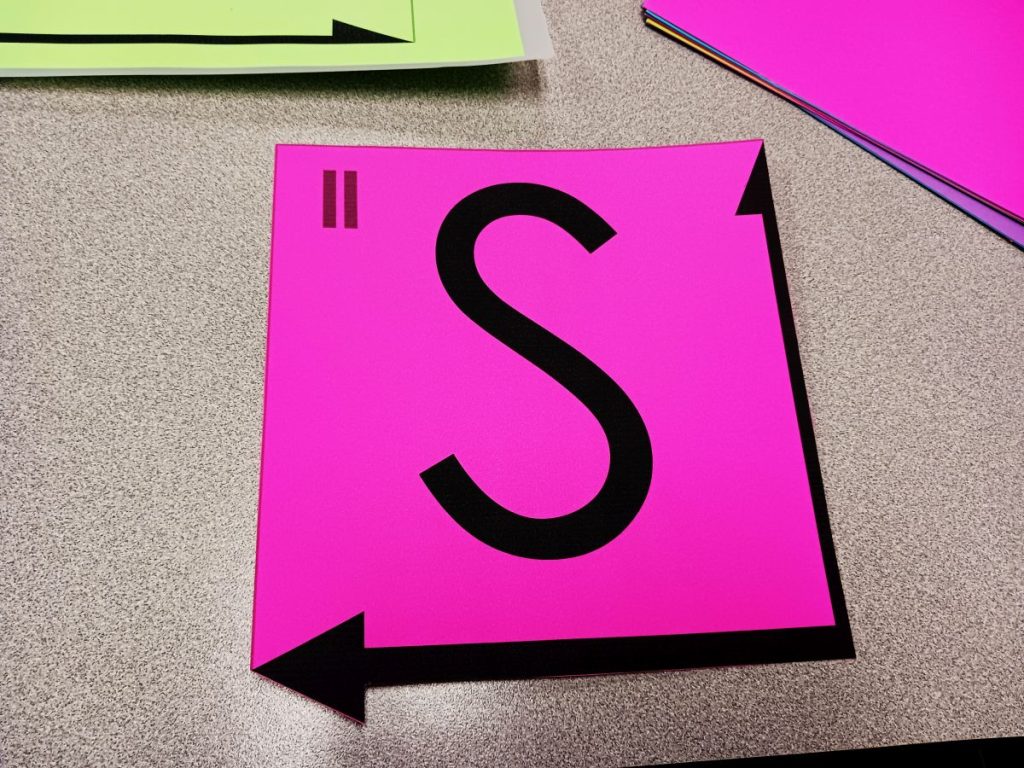
I absolutely love how the posters look when they are put together!
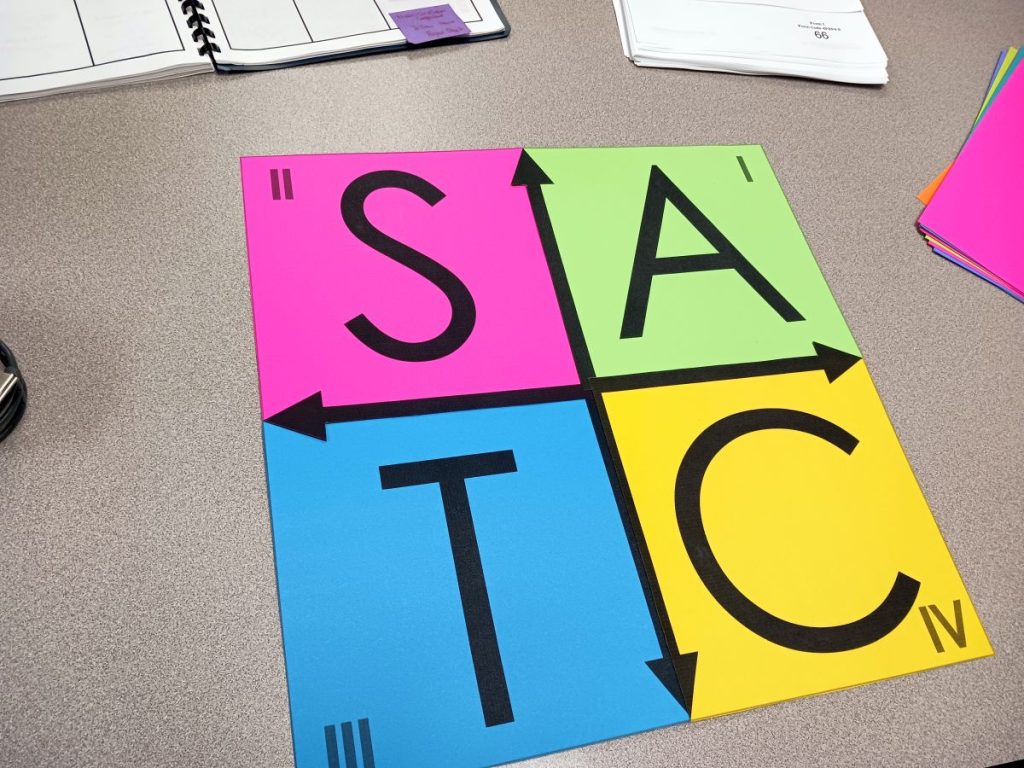
I ended up hanging my ASTC posters next to my magnetic unit circle with my printable unit circle magnets. I really like how this little corner of my room is turning into a trigonometric reference center!
